Rokinon Tilt-Shift 24mm F3.5
Aberrations
No lens can be totally free of optical flaws. The following list describes the main defects that a lens can suffer from.
Name | Description |
| Chromatic aberration | Different colors do not have the same focus point. The result is colored lines (usually red or green) on edges showing a sharp transition from clear to dark tones, and a general decrease of the sharpness. Occurs mostly at wider apertures. Easy to correct via software. Mitigated by the use of achromatic lens elements. In simple terms, lateral CA occurs in the in-focus zones, while longitudinal CA occurs in out-of-focus zones. |
| Purple fringing | Sometimes caused by chromatic aberration effects. Can also occur because the RGB color filters in front of pixels create differences in pixel sensitivities. Creates a purple band on edges showing a sharp transition from clear to dark tones. Occurs mostly at wider apertures. Easy to correct via software. |
| Flare | Internal reflection on the various lens elements cause a decrease of contrast, the apparition of a bright veil, or ghosting. Occurs if an image includes bright light sources, especially if the light source is near the edge. Using a lens hood helps to control flare. Better lens coatings greatly reduce the effect. |
| Ghosting | A type of flare causing artifacts (orbs) to appear on an image including bright light sources, especially if the light source is near the edge. Can be used artistically. |
| Coma | Flaws in the optical design cause point sources (such as stars) located on the sides of the frame to appear elongated. Dependent on the lens design. |
| Distortion | Straight lines appear curved. Dependent on the lens design. Tested in another page. |
| Spherical aberration | Light rays hitting the sides of the lens do not have the same focus point as those passing through the center. Mitigated by the use of aspherical elements. |
Not all of those optical effects are easy to test independently. Purple fringing and chromatic aberrations are almost always coupled, and will be tested together. Flare and ghosting will also be measured as a pair. Distortion will get its own page later in this review. The other aberrations will not be formally tested as their effects are both harder to isolate and generally better controlled by design.
Flare
Flare will affect images in which a bright light source, such as the sun, is present in the frame or near its border. The use of a lens hood helps reduce the effect for side lighting, as does a recessed front element. High-quality lens coatings play a very important role in minimizing flare, by improving light transmission and minimizing internal reflections.
The Rokinon 24mm tilt-shift is a wide lens with uncommon optics. Even though Rokinon/Samyang is a serious company with modern lens designs, Pentax consumers are used to a level of performance that is difficult to match, especially regarding coatings. As such, our expectations regarding flare were not particularly high.
Even before presenting formal test results, we will show two examples where the lens performed poorly regarding flare (both images were shot at F4). The first image shows a scene with the sun far from the edge of the frame. The lack of a lens hood is obvious in this picture; it would have helped protect the lens from the ghosting spots that appear all across the frame. Moreover, the strong color cast of these spots suggest that Samyang isn't close to Pentax (or other first-party manufacturers) when it comes to controlling internal reflections with the help of modern coatings. There is a reason why SMC was such a hit when it was first released, and this is a perfect example.
The second image illustrates the diminished level of contrast obtained when a strong light source is placed in the center of the frame. While at other times the Rokinon lens produces pleasing and saturated colors (just look at the image above), with the sun near the center contrast is greatly lowered on a good part of the frame, within a halo of diffused light.
Flare Test One - Center-of-Frame Sunlit Flare
For this test, we placed the sun near the center of the frame, directly illuminating the sensor. We offset the sun slightly in order to see eventual ghosting which could be hidden if there was a straight line between the light source and the sensor. Pictures were captured at various apertures. You can click on the thumbnails for larger views.
| F3.5 |  | F11 |  |
| F4 |  | F16 |  |
| F5.6 |  | F22 |  |
| F8 |  |
With the Sun in the center, flare is a problem at almost all apertures. Ghosting is also visible and could be bothersome in some shooting situations.
Flare Test Two - Edge of Frame
For this test, we placed the Sun in the top left corner of the frame, directly illuminating the sensor. You can click on the thumbnails for larger views.
| F3.5 |  | F11 |  |
| F4 |  | F16 |  |
| F5.6 |  | F22 |  |
| F8 |  |
With the sun in the corner, ghosting is apparent even at F3.5. The colored spots are strongly defined and the effect gets worse as the aperture is closed. There is some flare apparent at all apertures also.
Flare Test Three- Effect of tilt and shift
For this last test we used the corner illumination with the lens at F22, and compare the regular orientation seen above with the lens fully tilted up or down. The effect of the shift is not shown since it only results in a displacement of the ghosts in the frame.
 |  |  |
| Regular position | Tilt up | Tilt down |
The result of the tilt is essentially a movement of the flare patterns, their orientation pivoting with the movement of the lens. Tilting down creates additional flare which is due to the position of the Sun relative to the sensor.
Chromatic Aberration Test
For this test we used a well-lit, sharp transition from dark to bright, in order to make manifest any chromatic aberration present in the image.
We then looked at three parts of the image: the focus point, the top and the bottom (beyond and before the focus point). You can click on the images to see larger views, and navigate each aperture image set by using the left-right arrows.
Lens straight | Lens shifted down | Lens tilted up | |
| F3.5 | 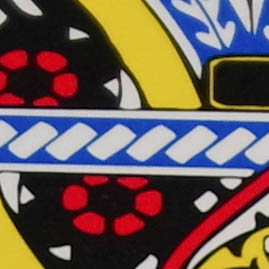 |  | 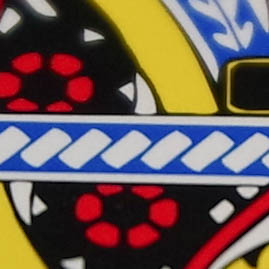 |
| F4 |  |  | 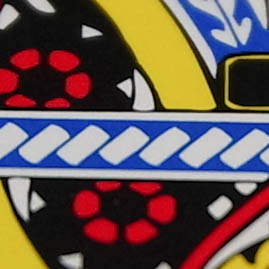 |
| F5.6 | 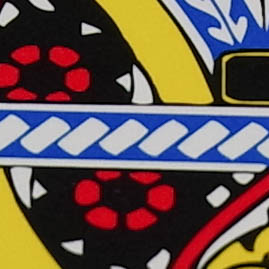 |  |  |
| F8 | 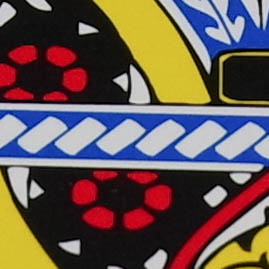 | 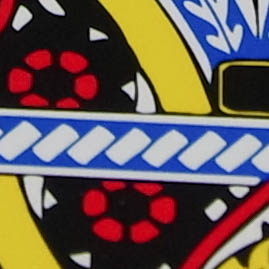 | 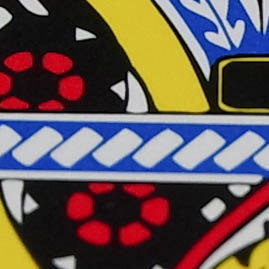 |
| F11 | 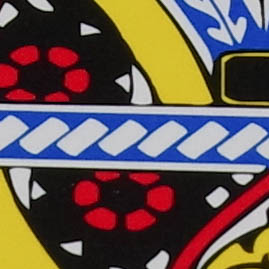 | 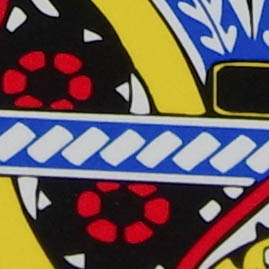 | 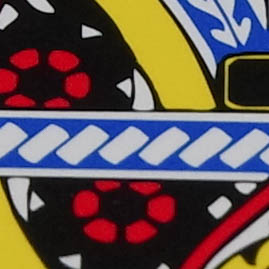 |
| F16 | 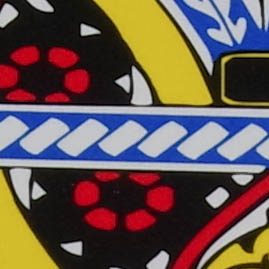 | 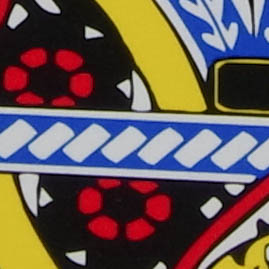 | 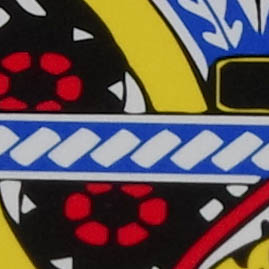 |
| F22 | 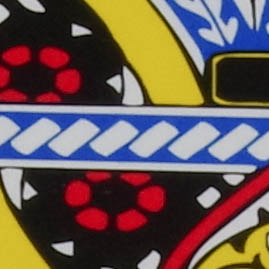 | 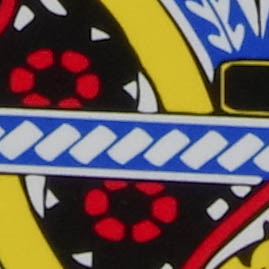 |  |
The second table shows results at the top of the frame.
Lens straight | Lens shifted down | Lens tilted up | |
| F3.5 | 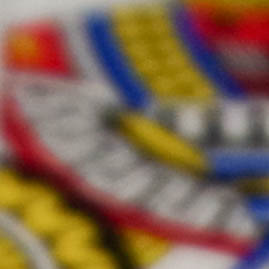 | 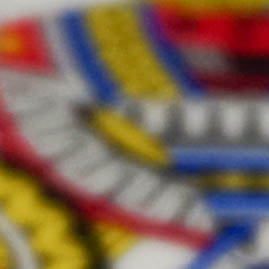 | 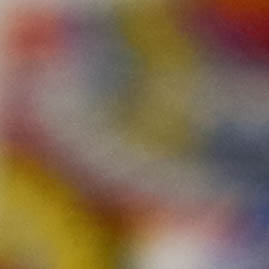 |
| F4 | 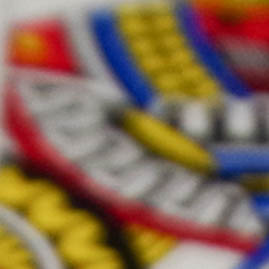 | 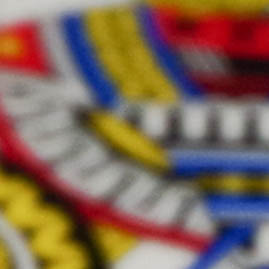 | 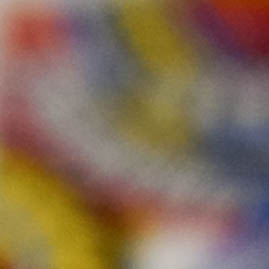 |
| F5.6 |  |  | 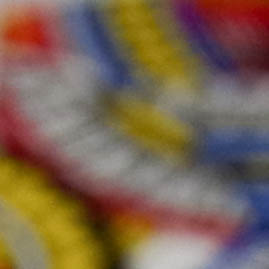 |
| F8 | 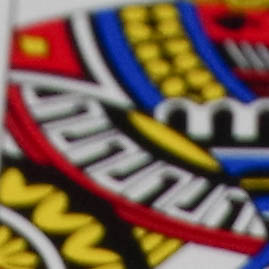 | 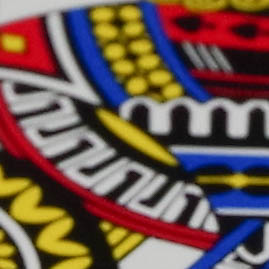 |  |
| F11 | 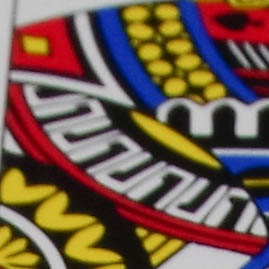 | 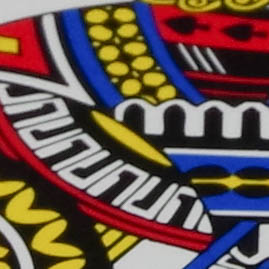 | 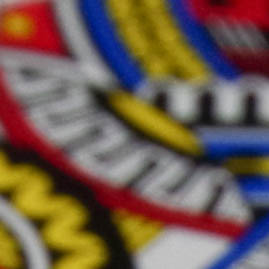 |
| F16 | 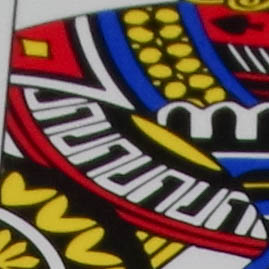 | 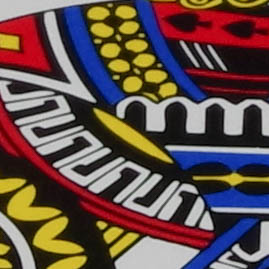 |  |
| F22 | 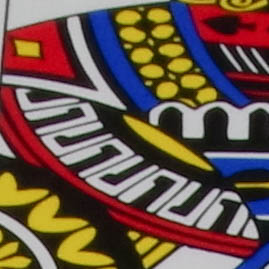 | 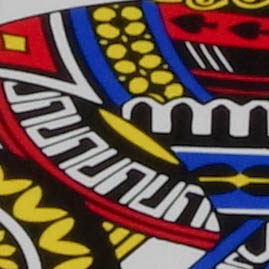 | 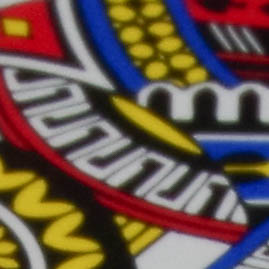 |
The third table shows results at the bottom of the frame.
Lens straight | Lens shifted down | Lens tilted up | |
| F3.5 | 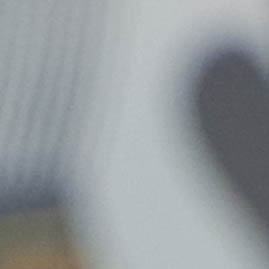 | 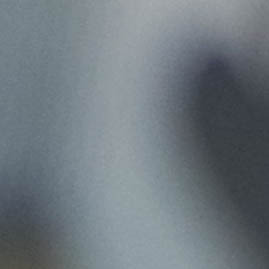 | 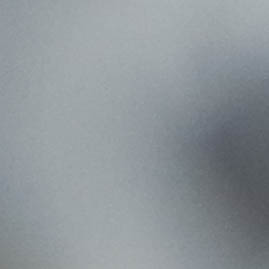 |
| F4 | 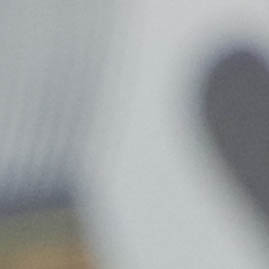 | 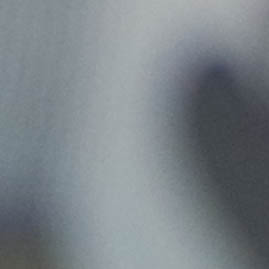 | 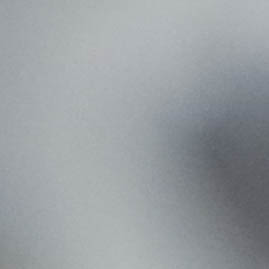 |
| F5.6 | 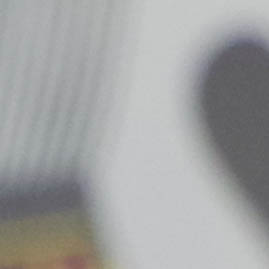 | 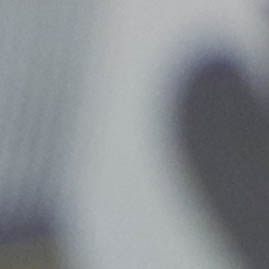 | 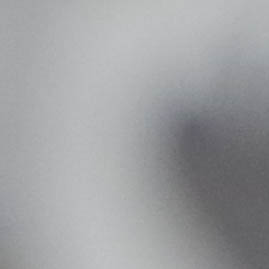 |
| F8 | 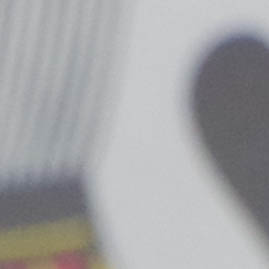 | 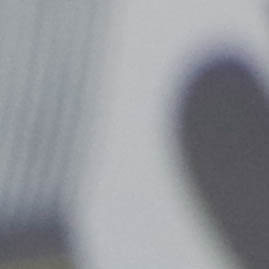 | 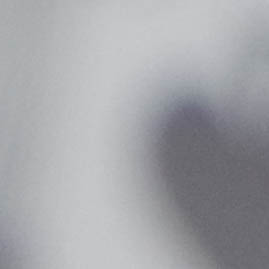 |
| F11 | 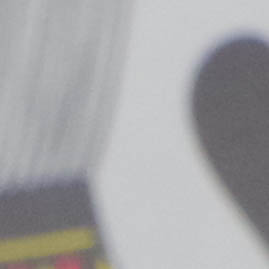 | 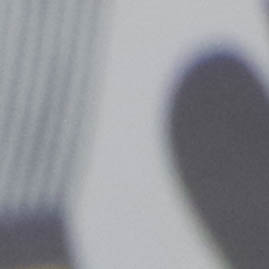 | 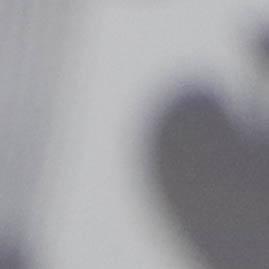 |
| F16 | 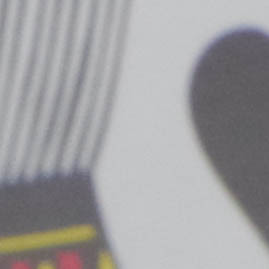 | 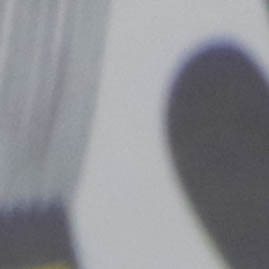 |  |
| F22 | 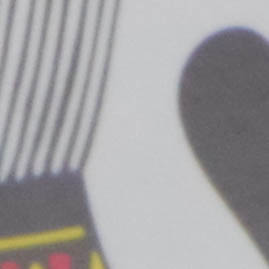 | 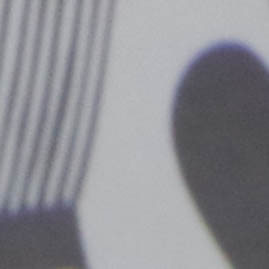 | 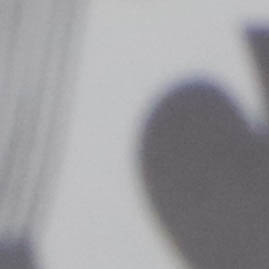 |
The results are surprisingly good. Lateral CA is mostly non-existent in all cases, even with the lens shifted or tilted. This is an impressive result. Longitudinal CA is also near-perfectly controlled, with just a hint of green shift at wider apertures on the bottom of the shifted frames (when light travels near the very edge of the glass). At F16 and F22, the shifted frames show a subtle line of purple fringing when viewed at 100%.
Purple Fringing
As mentioned in the previous section, purple fringing is almost completely absent, and should not be a problem in everyday shooting.
Verdict
The Rokinon 24mm Tilt-shift presents superb control over CA, among the best we have ever seen. However, it is among the worst we have tested regarding flare and ghosting. With a strong light source in the frame, ghosting will always be present and visible. One would be well advised to learn to work with the ghosting, to create interesting effects, instead of against it, since that battle is already lost.





